The Coming Care Crisis as Kids With Autism Grow Up
The number of adults with autism diagnoses is soaring, but there aren’t enough programs and services to meet the demand.
The Medicaid provider had assured her that this was the best option, so Marie Solomonik walked into the day-habilitation center in Queens, New York, with all the optimism she could muster. Marie was with her husband, Eddie, on this rainy March morning to scout out the facility for their son, Anthony, who has autism.
“This place makes my skin crawl,” Marie whispered.
“Just promise me you’ll keep an open mind,” Eddie responded.
In the past, centers like these had been a torment for Anthony. There was the time in middle school when another boy hit him in the face with a metal lunch box. There were the girls in the park who mocked him relentlessly for being nonverbal. And there was the incident during gym class when he tripped on the treadmill and got caught in the conveyor belt. By the time anyone noticed him trying to scream, nearly all the skin had been flayed from his knees.
The horrors were enough to persuade the school district to cover the costs of a specialized schooling program on Long Island, where Anthony has since seen steady improvement. But the Solomoniks had now lost their funding: On March 4, Anthony turned 21, the age at which people with disabilities are no longer entitled to a free public education under federal law—a juncture often called the “services cliff.” And for many American families, the drop off this cliff leaves them scrambling, with few, if any, suitable options.

